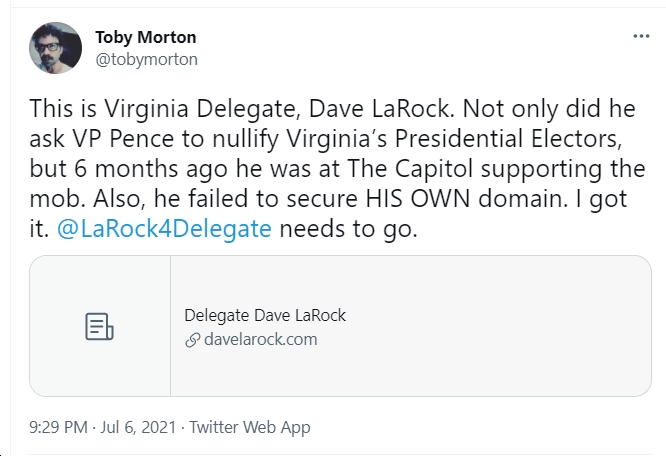
The sample of Obama to non-voters or third-party voters was too small to study. We modelled a few different outcomes: what predicts votes for Trump and what predicted an Obama to Trump flip. Unsurprisingly, Republicans express significantly lower pro-immigration attitudes compared to Democratic partisans.įor the purposes of testing the relative impact of individual economic anxiety and racial animus, the ANES survey is ideal. Obama to Trump voters also had an average score the immigration scale (.44) closer to Trump voters (.43) than Clinton voters (.69). The average score of Obama to Trump voters on the black influence animosity scale (.43) was far more similar to Trump voters (.48) than Clinton voters (.21).

On the black influence animosity scale the divide between Democrats and Republicans is even greater than on the racial resentment scale. Democrats express dramatically lower anti-black attitudes on both scales compared to Republicans or Independents. Although Republicans and Democrats do not, on average, express different levels of economic anxiety, there are clear differences between Republicans and Democrats on the measures of racial attitudes towards African-Americans and the measure of pro-immigration attitudes. Independents, however, express significantly higher levels of economic insecurity. There is very little difference between Democratic and Republican partisans on this scale. Although the plight of economically insecure white people has been placed at the center of much of the analysis of the election, our analysis indicates that black and Latino respondents tend to express significantly higher levels of economic peril compared to whites or Asians, who as a group, express below average levels of economic peril. The charts below show average values for our variables by race and party. In contrast, views on whether the economy had gotten worse in the past year were strongly influenced by partisanship, controlling for other factors. On the economic peril scale, there were no differences across party controlling for age, income, education, race and gender. These specific queries are more useful than broader questions like someone’s views on the economy, which tends to be tainted by partisanship. In addition to our racial attitude measures, we created a scale to measure perceptions of personal economic peril or anxiety, which includes respondents’ answers about their ability to make house payments and pay for medicines and other important costs, and worries about job security and personal finances. We created a stereotyping scale which measures views like believing people of color are more violent or lazier than whites, but it was not included in our final models because it did not predict voting behavior. Third, we created a scale based on views about immigration-such as whether one believes immigrants are more likely to commit crimes and take away jobs. Nonetheless, in order to speak to such concerns, we created a second measure we call “black influence animosity” derived from questions that more directly examine voters’ views about whether the US government favors black people over white people and how much influence black people have in US politics. We believe that such concerns are exaggerated and that racial resentment captures an important dimension of racial animus in American politics. However, some have criticized the concept of racial resentment and the various questions designed to measure it as essentially equating conservative beliefs and “race-neutral” principles with racism and racial animus. Racial resentment measures dog-whistle or color-blind forms of racism, such as the belief that black people need to simply “try harder” to be successful in America, or that generations of discrimination do not hold back black Americans.

Trumps cult animosity shows up series#
First, we created a racial resentment scale, based on a series of four questions developed by Lynn Sanders and Donald Kinder. In order to get at how various dimensions and aspects of racial animus and xenophobia impacted voting in 2016, we created three different indexes using questions from the newly released ANES 2016 Time Series Survey.


 0 kommentar(er)
0 kommentar(er)
